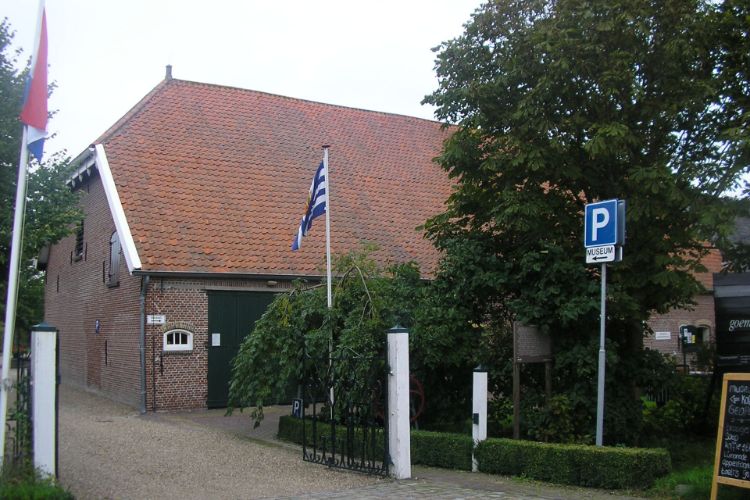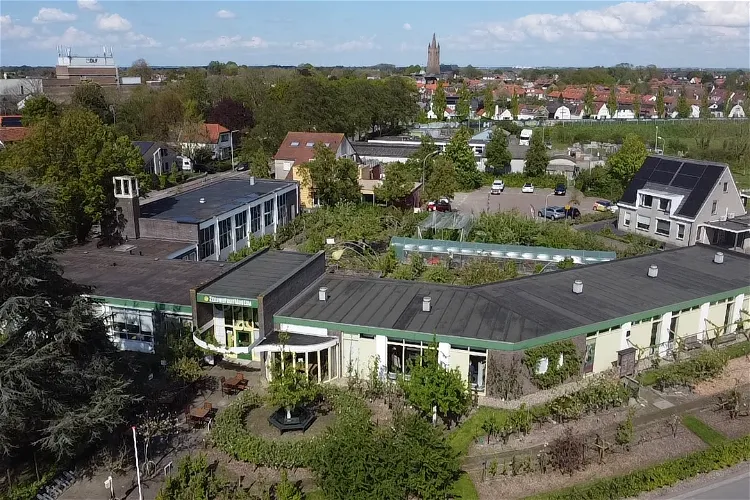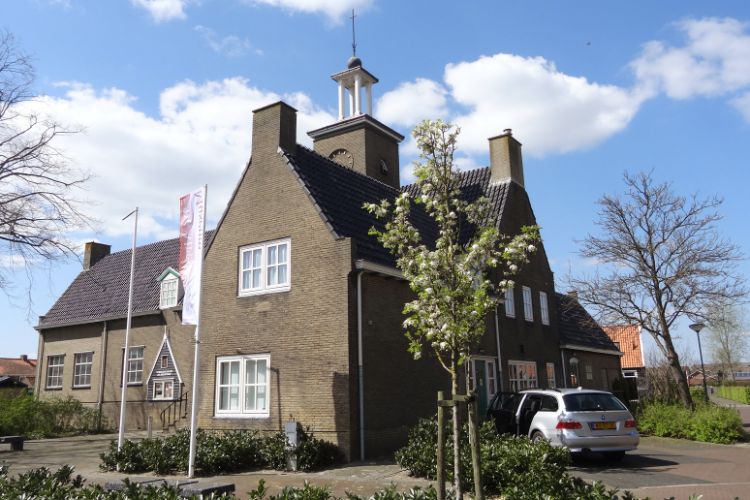Are you passionate about farming and agricultural history? These are the must-visit agriculture museums in Zeeland:

Museum Goemanszorg
DreischorMuseum Goemanszorg is housed in a restored 18th century farmhouse. The farmhouse includes a stately porch, kitchen, upstairs room, a bedstead and an authentic cellar. A garden is situated around the farm with agricultural crops, fruit trees and herbs. There is also a barn with a collection of tools
ZeeuwsFruitMuseum
KapelleThe ZeeuwsFruitMuseum tells the story of fruit growing in Zeeland. In our beautiful regional museum you will find information about fruit growing then and now. Beautiful historical pieces have been preserved for posterity. Cultural heritage that is thus not lost. The museum is surrounded by a beauti
Streekmuseum De Meestoof
Sint-AnnalandStreekmuseum De Meestoof illustrates daily life in the Tholen and St. Philipland countryside with a focus on themes such as culture, agriculture, fishing and crafts. The museum is mostly dedicated to dyer’s madder, Tholen costumes and jewellery, glassware and ceramics by Chris Lanooy. In addition to- 4
Museum 't Vlasschuurken
KoewachtMuseum 't Vlasschuurken illustrates the ‘flax life’. The collection consists of original instruments and machines that illustrate the cultivation of flax and flax processing. The seed machine and the harvesting machine are on display and are still functional, which allows visitors to see the entire - 5
Streekmuseum het Warenhuis
AxelStreekmuseum Het Land van Axel is dedicated to the history of Axel. The collection includes the interior of a room and a peasant farmer's kitchen from around 1880. The museum also exhibits a collection of Axel costumes with matching jewellery. In addition, the collection includes archaeological find